| Weight | 700 g |
|---|---|
| Belly | 4.9cm. |
| Blade Size and Type | 10 inch (25.4cm) and Semi-Polished blade. |
| Handle Circumference | 4.2 Inch. |
| Handle Size and Type | 5 inch (12.70cm) Rosewood Full tang Blocker handle. |
| Hardness of steel | spine= 22-25 RC, belly= 45-46 RC, edge= 58-60 RC |
| Upper Spine | 9mm. |
| Overall length | 15 inches. |
| Place of Origin | EGKH Factory in Dharan (Eastern part of Nepal). |
| Material Used | highly-graded-carbon-steelcar-jeep-leaf-spring-5160for-blade-refine-buffalo-leather-for-the-scabbardoutside-rosewood-for-the-handle-pinewood-for-scabbard-inside-white-metal-and-l |
| Complementary | Certificate of Guarantee, Tag, Wrapping Lokta Paper. |
Full Tang Service No 1 Kukri
This is Full Tang Hand Forged Blade Service No 1 Blocker Handle Kukri is most common and popular khukuri amongst the Gurkha soldiers. This khukuri (kukri) is the most popular army Kukri (Service No 1), very famous because of its close association with the Gurkhas gets a remade and now becomes more stronger and steadier because of the flat tang blade invested and with two rivets bolting from both sides. All Khukuris have two pockets on the back of the scabbard which hold a blunt steel called “chakmak” for sharpening the blade or for striking spark from flint and a little knife known as “karda” used for skinning small animals such as rabbits. The notch (kaura or kaudi) in the blade near the hilt of most khukuris serves as conduit for the blood on the blade to drip out, thus preventing it from soiling the hilt, as well as a device for catching and neutralizing and enemy blade.
$90.00
This is Full Tang Hand Forged Blade Service No 1 Blocker Handle Kukri is most common and popular khukuri amongst the Gurkha soldiers. This khukuri (kukri) is the most popular army Kukri (Service No 1), very famous because of its close association with the Gurkhas gets a remade and now becomes more stronger and steadier because of the flat tang blade invested and with two rivets bolting from both sides. All Khukuris have two pockets on the back of the scabbard which hold a blunt steel called “chakmak” for sharpening the blade or for striking spark from flint and a little knife known as “karda” used for skinning small animals such as rabbits. The notch (kaura or kaudi) in the blade near the hilt of most khukuris serves as conduit for the blood on the blade to drip out, thus preventing it from soiling the hilt, as well as a device for catching and neutralizing and enemy blade.
Only logged in customers who have purchased this product may leave a review.

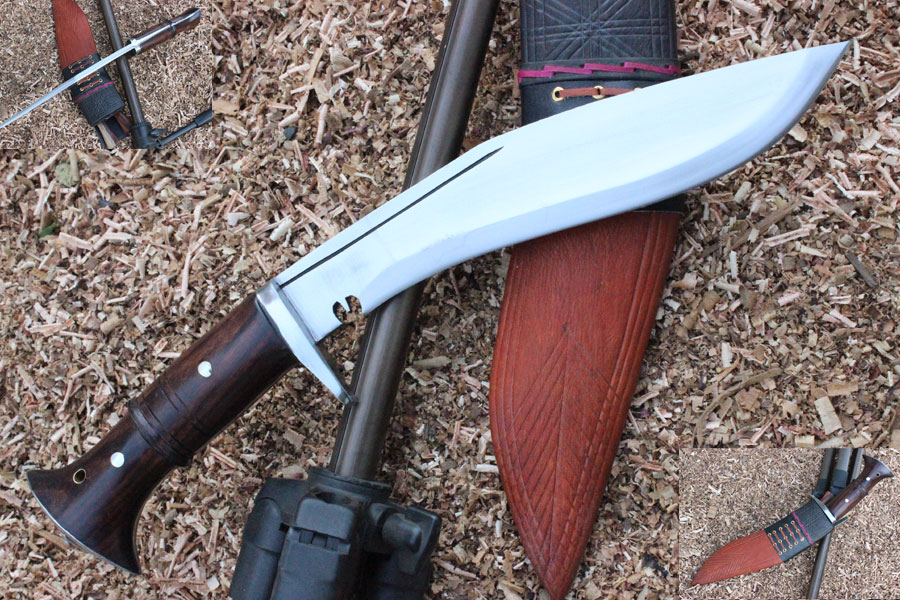
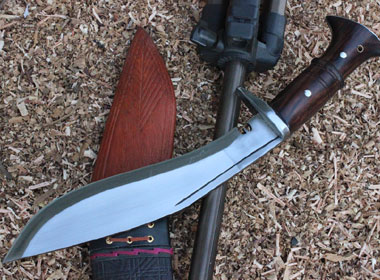

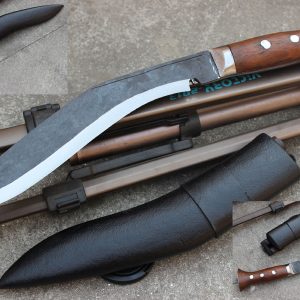
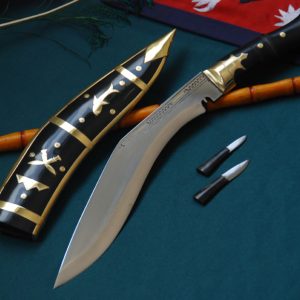

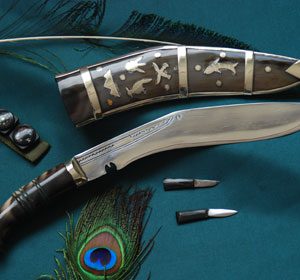
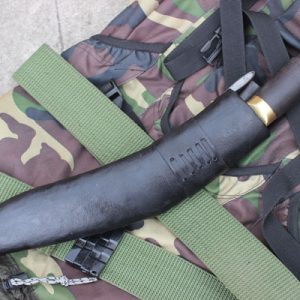
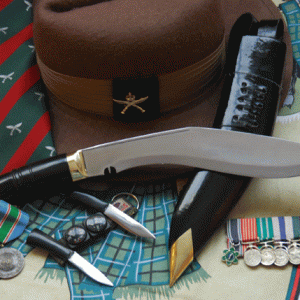
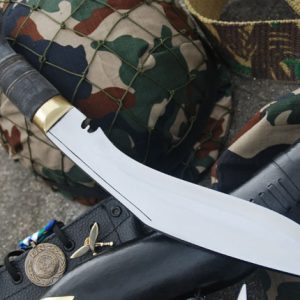
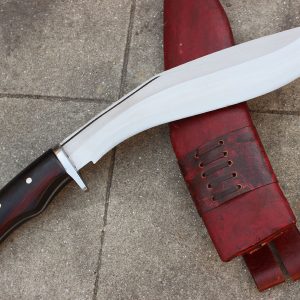
Reviews
There are no reviews yet.